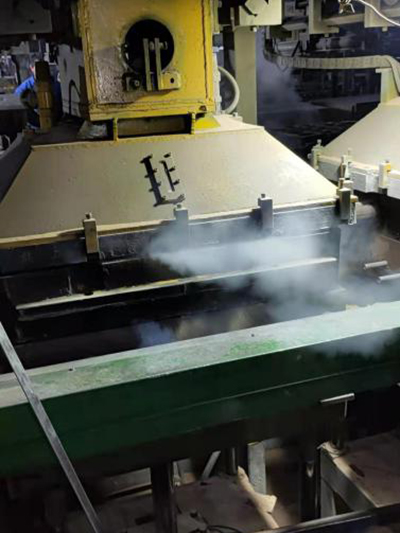How to Make Foundry Sand
Foundry sand is a crucial material used in metal casting processes, where it serves as a mold material for shaping liquid metal. The quality of foundry sand can significantly impact the final product's integrity and finish; therefore, knowing how to make it properly is essential for any foundry operation. In this article, we will explore the steps involved in making foundry sand.
Step 1 Selecting the Right Sand
The first step in making foundry sand is selecting the appropriate type of sand. Silica sand is the most commonly used material due to its excellent thermal properties and ability to withstand high temperatures. It is essential to choose high-quality sand with the right grain size; typically, a fine to medium sand is preferred. The ideal grain size is around 0.2 to 0.6 mm, which allows for good mold detail and strength.
Step 2 Sand Preparation
Once you have acquired the sand, it needs to be thoroughly cleaned to remove any impurities such as clay, silt, and organic materials. These impurities can weaken the mold and affect the casting quality. The cleaning process can involve washing the sand in water or using mechanical means such as air classifiers to separate fine particles. After cleaning, the sand should be dried to eliminate any moisture, as excessive water can also degrade the mold.
Step 3 Adding Binders
how to make foundry sand

To enhance the properties of the sand, binders are added. The most common binders used in foundry sand are clay (bentonite) and chemical binders. Bentonite is a natural clay that helps to give the sand cohesion and improves its ability to hold shape under pressure. The typical addition rate for bentonite is around 5-10% by weight of the sand. In the case of chemical binders, they offer advantages like quicker setting times but require careful handling due to their reactive nature.
Step 4 Mixing
After adding the binder, the sand mixture must be mixed thoroughly to ensure an even distribution of the binder throughout the sand. This can be achieved using a mechanical mixer. Proper mixing is essential for obtaining uniform strength and consistency in the molds. Continuous assessment of the mixture’s properties is recommended to ensure it meets specific requirements for casting.
Step 5 Testing and Quality Control
Before utilizing the foundry sand, it is crucial to conduct tests to check its properties. These tests typically include moisture content, compressive strength, and permeability tests. Regular monitoring of the sand's performance during casting processes can help identify any need for adjustments in the mixture.
In conclusion, making foundry sand involves selecting the right type of sand, preparing it properly, adding appropriate binders, thoroughly mixing the ingredients, and conducting quality control tests. By following these steps, foundries can produce high-quality molds that meet the demands of various metal casting applications.
Post time:stu . 20, 2024 01:34
Next:difference between sand casting and investment casting
